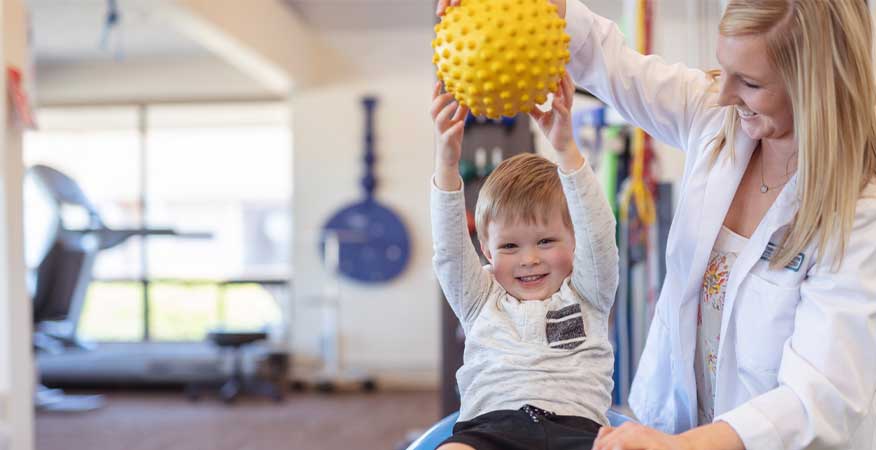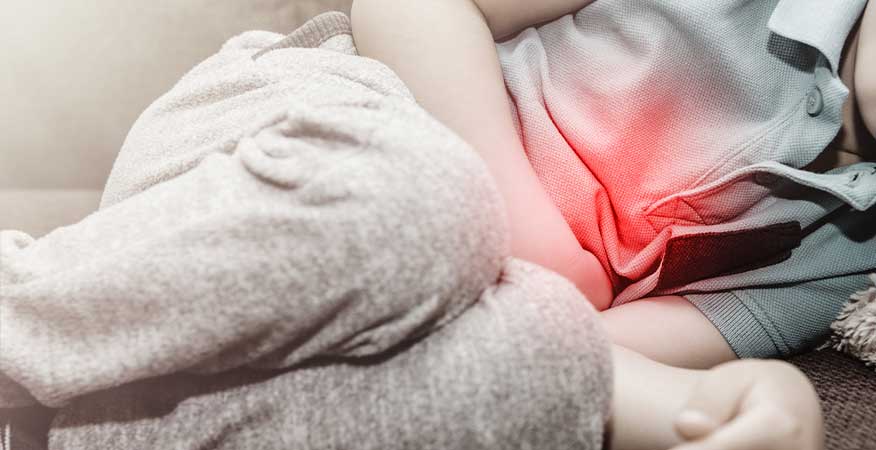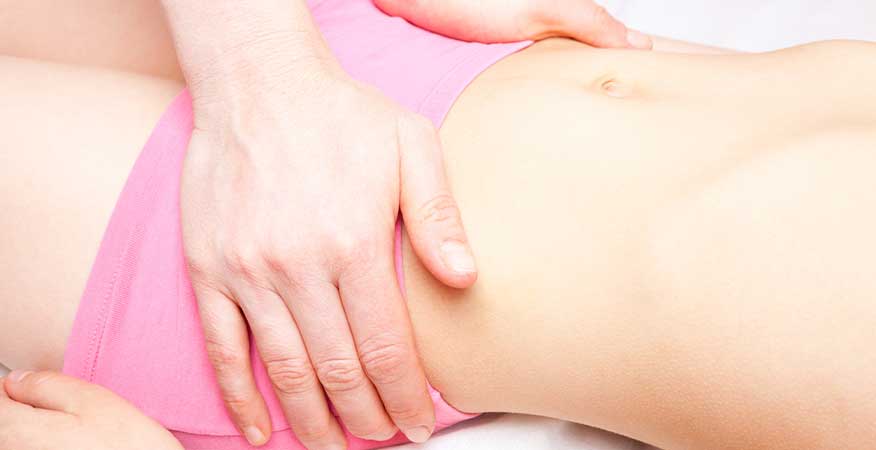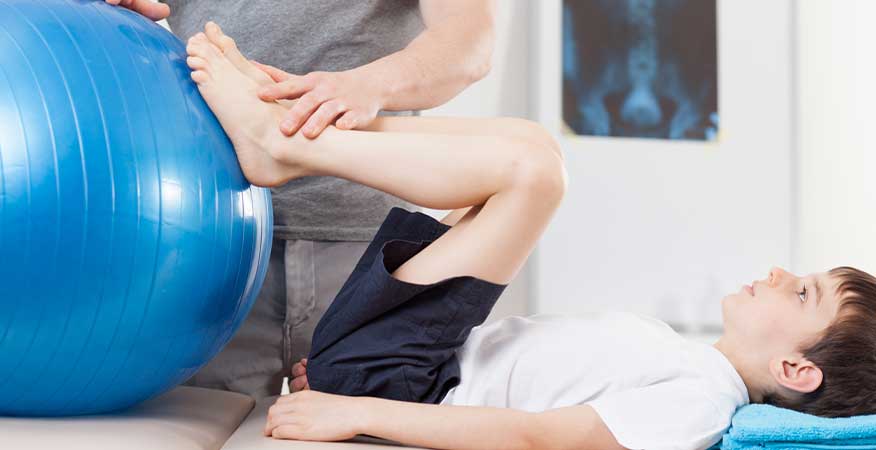Why you should have these tools in your toolbox today.

As a pediatric therapist, it can be challenging to address every aspect of a child’s health within the constraints of daily practice. Time constraints, busy schedules, and administrative tasks often limit the scope of what you can offer. Have you ever envisioned a comprehensive, multidisciplinary approach where therapists collaborate weekly to assess and personalize treatment plans for pediatric patients?
While such integrated clinics are rare, you can emulate this approach by expanding your therapeutic offerings. Many pediatric clinics provide physical therapy, occupational therapy, speech therapy, and perhaps aquatic therapy or early intervention services. However, clinics offering pediatric pelvic floor therapy remain relatively uncommon yet increasingly vital.
Who Needs Pediatric Pelvic Floor Therapy?
Pediatric pelvic floor therapy is essential for children facing bowel and bladder issues, often alongside special needs. These issues frequently coexist with other developmental or behavioral challenges managed in pediatric therapy centers. By integrating pelvic floor therapy into your practice, you can comprehensively address these interconnected issues under one roof.
Neurotypical children, as well as those with special needs (like children with cerebral palsy, spina bifida, sensory processing disorders, and other developmental or behavioral issues) often struggle with bowel and bladder conditions in addition to their chief complaints. These families may struggle on a daily basis to manage exercises, feeding, play, and oftentimes, toileting troubles as well.

You may be thinking that bowel and bladder issues are reserved only for children with more severe conditions, however many children with bowel and bladder issues do not have any underlying neurological conditions. Oftentimes, these bowel and bladder issues in children are due to pelvic floor dysfunction (PFD).
Since it’s not as easy for children to communicate when something is wrong, PFD can go undetected for long periods of time in this population. A study from 2019 found that 46% of constipated children and 67% of children with fecal incontinence rated bowel habits as good or very good. The authors also noted 50% of constipated children did not mention their symptoms to anyone.1
Parents often aren’t aware of what is considered normal, and even when they recognize that something is wrong, they frequently don’t know where to begin or what pediatric pelvic floor therapy entails.
What is Pediatric Pelvic Floor Therapy?
Pediatric pelvic floor therapy is a specialty area with focus on pelvic conditions and symptoms for children up to 18 years old. Pelvic conditions and symptoms will frequently affect both bowel and bladder function in children.
Pediatric pelvic floor therapy is one of several treatment methods under the umbrella of “Urotherapy”. Urotherapy is a non-standardized conservative based treatment option for children with voiding dysfunctions.2 Dysfunctional voiding (DV) refers to a group of abnormal lower urinary tract (LUT) symptoms such as straining, hesitancy, and dysuria. Other LUT symptoms involved are related to bladder storage, such as frequency, urgency, and incontinence.
Pediatric pelvic floor therapy is a great first-line treatment option for functional constipation. This refers to a vicious cycle of stool retention in the rectum which eventually leads to distention, loss of urge, and more constipation. Functional constipation is directly related to LUT symptoms and DV. It is estimated that up to 50% of children suffer from LUT symptoms with constipation at some point.
Most children with bowel and bladder dysfunction can be effectively treated with pediatric pelvic floor therapy. Treatment plans may involve education, lifestyle modifications, keeping bowel and bladder diaries, pelvic floor and trunk muscle retraining, sEMG, and more. To offer the best guidance to families dealing with these issues, it’s crucial to start with a comprehensive initial evaluation.
What Does a Pediatric Pelvic Floor Therapy Evaluation Involve?
As a pediatric therapist, it’s essential to recognize that nearly every child could benefit from a pediatric pelvic floor therapy evaluation. Much like adult pelvic floor therapy, most interventions for pediatric patients are non-invasive and external. Even basic behavioral changes can lead to a significant improvement in a child’s quality of life.

When conducting a pediatric pelvic floor therapy evaluation, the primary goal is to identify the underlying causes of bowel and bladder dysfunction. Essential tools for this process include questionnaires and subjective assessments, which not only help in diagnosis but also provide metrics for tracking progress. Additionally, ultrasound is often employed to gather further information and accurately diagnose dysfunction in this population.
It may seem straightforward, but the orthopedic physical assessments you routinely perform as a pediatric therapist are invaluable in uncovering the sources of bowel and bladder issues. It’s surprising how often discrepancies in muscle function or alignment, such as side-to-side imbalances or overactive hip muscles, contribute to these problems. Identifying the root cause is critical for effective treatment planning, ensuring that your interventions are targeted and impactful.
What Treatments are Involved in Pediatric Pelvic Floor Therapy?
Pediatric pelvic floor therapy may seem daunting, especially for pediatric therapists new to treating pelvic floor dysfunction (PFD). However, it’s important to understand that successful outcomes can often be achieved without any internal examination or invasive treatment.
The treatment strategies for pediatric pelvic floor therapy are diverse and non-invasive. These may include the use of bowel and bladder diaries, breath work, stretching exercises, abdominal massage, and behavioral modifications. Exercises aimed at balancing trunk and lower extremity strength and function are also key components. Given their constant presence, parents are often encouraged to actively participate in these treatment techniques.
The role of the diaphragm in PFD cannot be overstated. As a pediatric therapist, you know the importance of the connection between the diaphragm, ribcage, and pelvic floor. A thorough evaluation of breathing function, ribcage alignment, and diaphragm activity is essential when addressing PFD in children.
While this is not an exhaustive list of treatment options, it highlights how pediatric pelvic floor therapy can be more straightforward than it initially appears. Most of the therapy you’ll provide will focus on education—for both the child and their caregivers—empowering families with the knowledge and tools needed to manage PFD effectively.

Training Opportunities for Pediatric Pelvic Floor Therapy
Children with pelvic floor dysfunction often experience improved quality of life through these non-invasive treatments. Many cases can be managed effectively without the need for medications or invasive procedures, making therapy a crucial first-line option.
Despite the prevalence of bowel and bladder issues among children, access to specialized pelvic floor therapy remains limited. Many children go untreated or are improperly managed, impacting their social and emotional well-being into adulthood.
You likely didn’t learn much about pediatric pelvic floor therapy in school. Now that you know the basics about pediatric pelvic floor therapy and the dire need for more professionals trained in helping these patients, you’re likely wondering how you can dive in and help.
I offer live and self-paced online courses to train healthcare professionals interested in treating pediatric bowel and bladder disorders.

At my live courses, you’ll get personalized instruction and dedicated Q&A time to learn several pediatric pelvic floor therapy diagnoses and treatments, such as sEMG/Biofeedback, RUSI, manual techniques, plus specific exercise instruction. The live learning experience is unmatched. You can join via zoom from your pajamas and level up your career over the weekend!
Why not offer your patients more than the standard, “hopefully you’ll grow out of it”? Your patients and their families deserve the best care available. Adding pediatric pelvic floor therapy to your practice equips you to address a critical yet underserved area of pediatric therapy. By expanding your expertise, you can significantly impact the lives of children and their families, offering holistic care that integrates seamlessly into existing therapeutic interventions.
Click below to learn more about my live course offerings for pediatric pelvic floor therapy. Hope to see you there!
Sources
Timmerman ME, Trzpis M, Broens PM. The problem of defecation disorders in children is underestimated and easily goes unrecognized: a cross-sectional study. European Journal of Pediatrics (2019) 178:33–39 https://doi.org/10.1007/s00431-018-3243-6
Chase J, Austin P, Hoebeke P, McKenna P. International Children’s Continence S. The management of dysfunctional voiding in children: a report from the Standardisation Committee of the International Children’s Continence Society. J Urol 2010;183:1296–1302.
